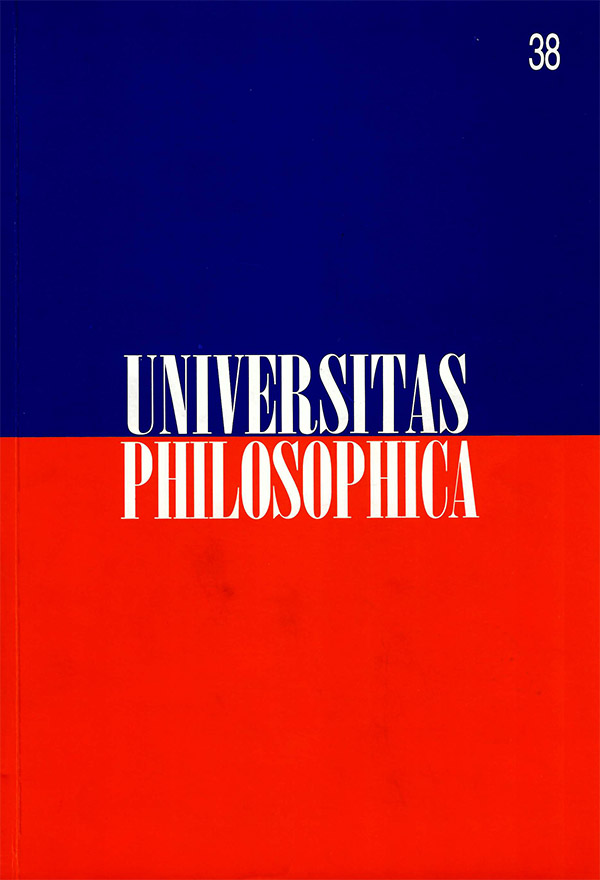Resumen
Este trabajo aborda la doctrina de la iluminación de San Agustín, a partir de una lectura crítica interpretativa de El maestro. La doctrina de la iluminación es el centro del pensamiento filosófico de San Agustín. Ese sería el lugar común en que se concentra su pensamiento ontológico y gnoseológico: representa su respuesta a la pregunta ontológica ¿qué son las cosas? y a la gnoseológica ¿cómo conocemos las cosas? En El Maestro, la respuesta a las preguntas fundamentales adquiere la forma de un camino pensante y dialógico, ascendente y progresivo: el camino pensante que recorre San Agustín, se asienta en una estructura ontológica determinada platónicamente por dos componentes: lo externo y lo interno, abajo y arriba. A partir de esta estructura secuencial ascendente del escrito, la exposición adquiere dos momentos principales: el primer, sobre la relación del lenguaje y las cosas, y el segundo, sobre la doctrina de la iluminación o del conocimiento de las cosas mismas. Al final del trabajo añadimos una tercera parte donde tratamos algunas repercusiones, las más significativas, que ejerció la doctrina de la iluminación en posteriores filósofos de la edad media, además de las conclusiones pertinentes.
Esta revista científica se encuentra registrada bajo la licencia Creative Commons Reconocimiento 4.0 Internacional. Por lo tanto, esta obra se puede reproducir, distribuir y comunicar públicamente en formato digital, siempre que se reconozca el nombre de los autores y a la Pontificia Universidad Javeriana. Se permite citar, adaptar, transformar, autoarchivar, republicar y crear a partir del material, para cualquier finalidad (incluso comercial), siempre que se reconozca adecuadamente la autoría, se proporcione un enlace a la obra original y se indique si se han realizado cambios. La Pontificia Universidad Javeriana no retiene los derechos sobre las obras publicadas y los contenidos son responsabilidad exclusiva de los autores, quienes conservan sus derechos morales, intelectuales, de privacidad y publicidad.
El aval sobre la intervención de la obra (revisión, corrección de estilo, traducción, diagramación) y su posterior divulgación se otorga mediante una licencia de uso y no a través de una cesión de derechos, lo que representa que la revista y la Pontificia Universidad Javeriana se eximen de cualquier responsabilidad que se pueda derivar de una mala práctica ética por parte de los autores. En consecuencia de la protección brindada por la licencia de uso, la revista no se encuentra en la obligación de publicar retractaciones o modificar la información ya publicada, a no ser que la errata surja del proceso de gestión editorial. La publicación de contenidos en esta revista no representa regalías para los contribuyentes.


